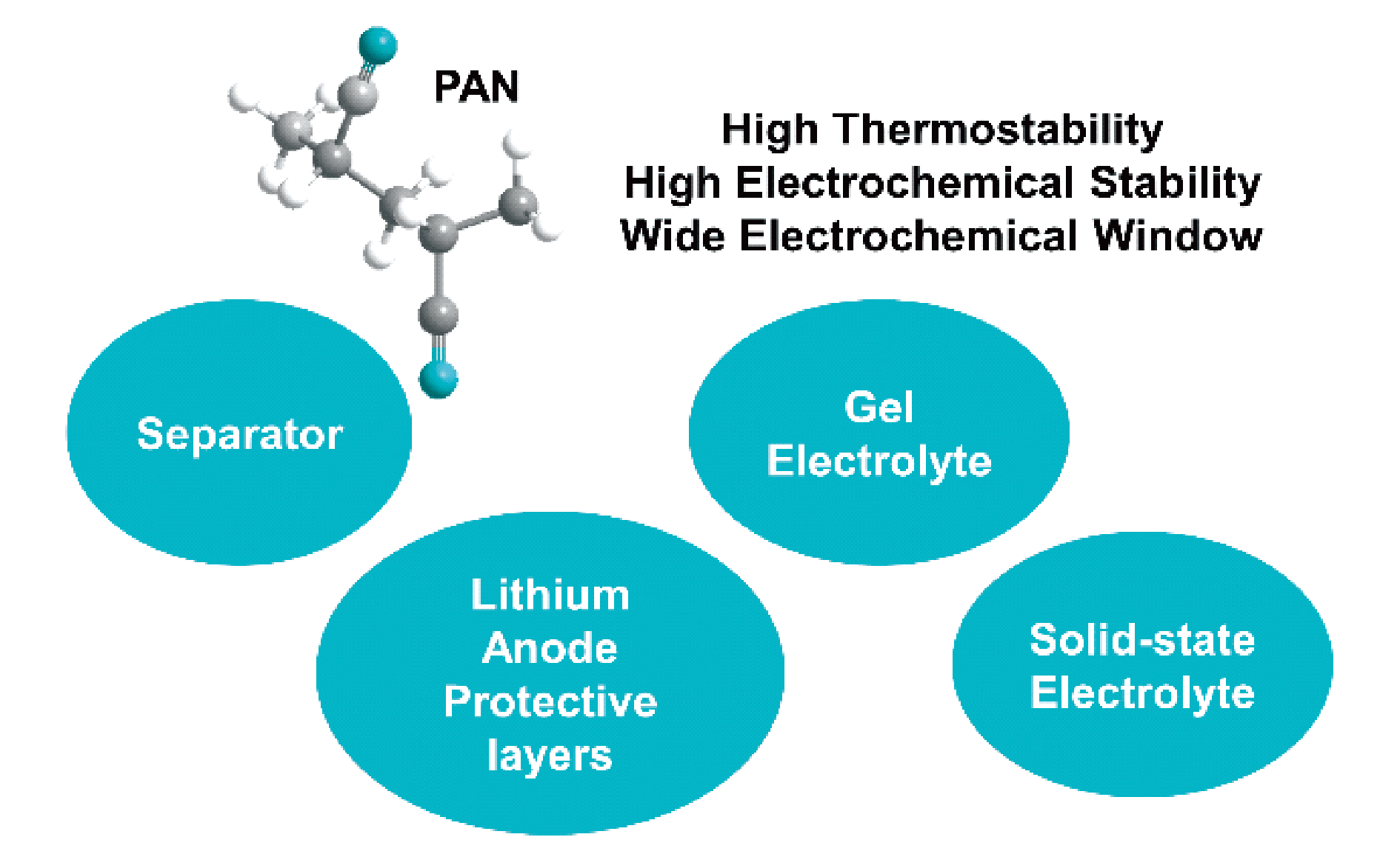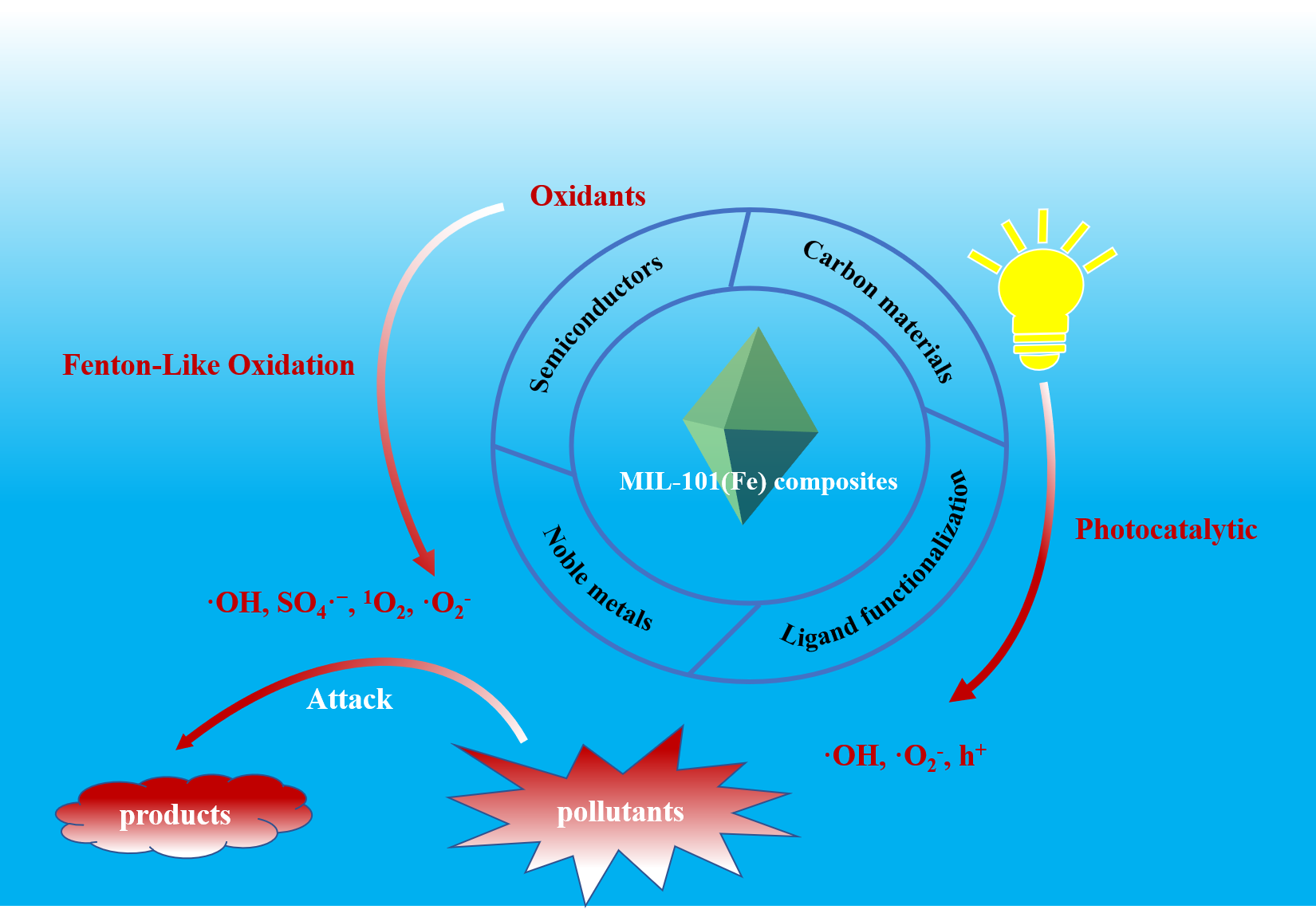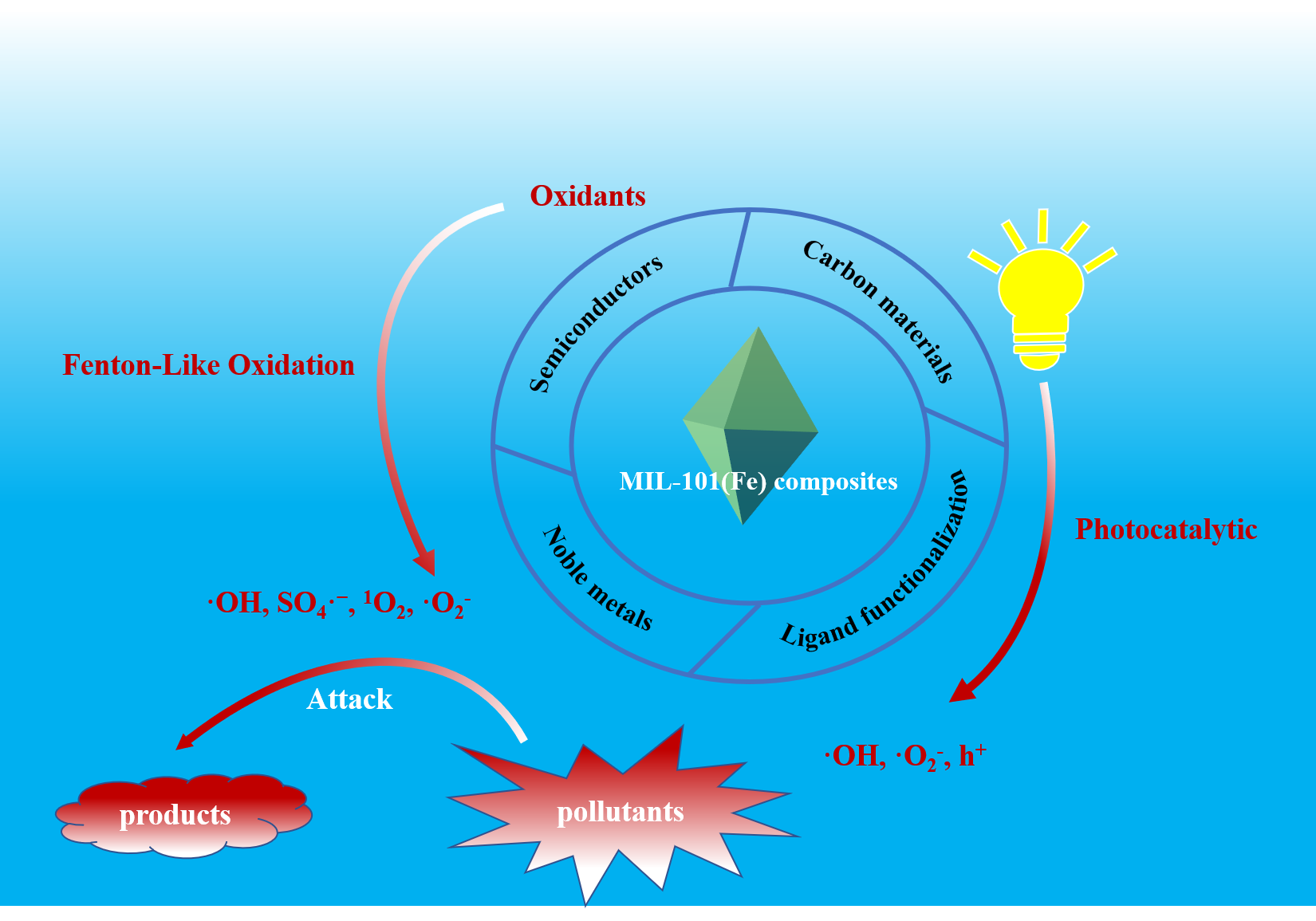Liu Yvfei, Zhang Mi, Lu Meng, Lan Yaqian. Covalent Organic Frameworks for Photocatalytic CO2 Reduction[J]. Progress in Chemistry, 2023, 35(3): 349-359.
With the massive global consumption of fossil fuels, the energy crisis is getting worse and the emission of greenhouse gases such as CO2 has made the environmental problems become increasingly prominent. Photocatalytic reduction of CO2 to energy compounds is considered to be one of the best ways to effectively solve this problem. Covalent organic frameworks (COFs) are a new type of crystalline porous organic polymer materials with high stability and pre-design ability, which makes COFs own great potential ability in the field of photocatalytic CO2 reduction. This paper summarizes the research progress of COFs in the field of photocatalytic CO2 reduction, including the introduction of different metal ions to provide the active site and increasing the photosensitive functional groups to improve their utilization of visible light. Since the research of COFs as photocatalytic CO2 reduction catalyst is still an initial field, further exploration of synthesis, modification, and mechanism of COFs for CO2 reduction is still promising research work.
Contents1 Introduction
2 Covalent organic frameworks
2.1 Basic information of COFs
2.2 Application of COFs in photocatalysis
3 Basic principles of photocatalytic CO2 reduction
4 COFs for photocatalytic CO2 reduction
5 Conclusion and outlook



















